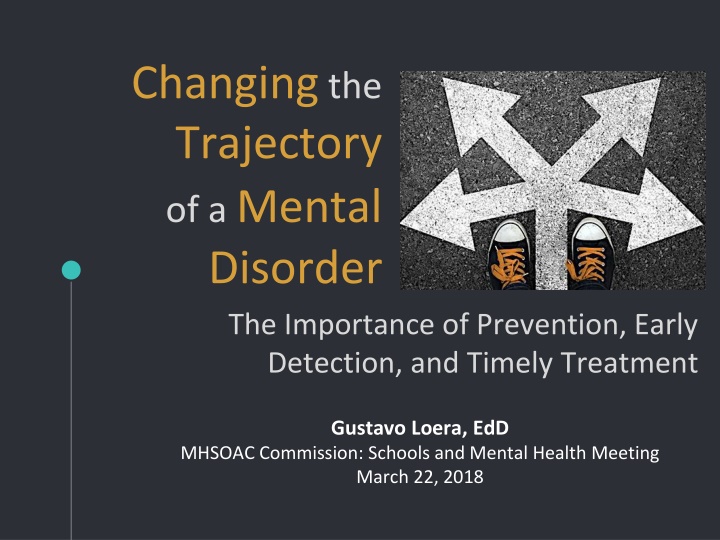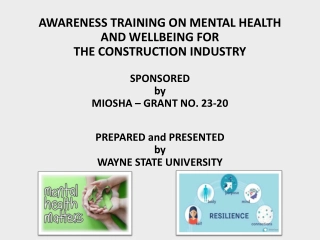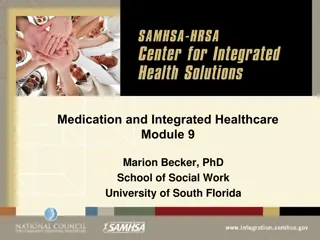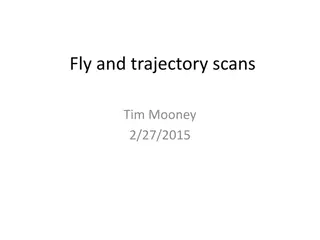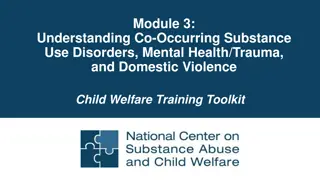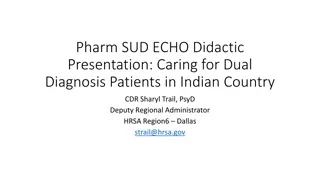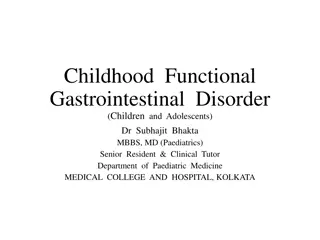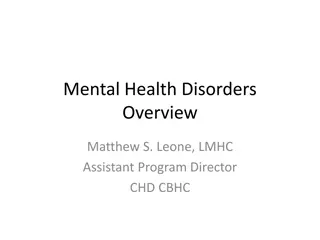Changing Trajectory of Mental Disorders: Importance of Prevention, Detection, Treatment
Addressing the critical issues of mental health care, including the treatment gap, impact of poverty on mental illness, community resources, and prevention strategies like the Cal-HOSA model. Emphasizing the need for early intervention and support for at-risk individuals to break the cycle of mental health challenges.
Download Presentation

Please find below an Image/Link to download the presentation.
The content on the website is provided AS IS for your information and personal use only. It may not be sold, licensed, or shared on other websites without obtaining consent from the author.If you encounter any issues during the download, it is possible that the publisher has removed the file from their server.
You are allowed to download the files provided on this website for personal or commercial use, subject to the condition that they are used lawfully. All files are the property of their respective owners.
The content on the website is provided AS IS for your information and personal use only. It may not be sold, licensed, or shared on other websites without obtaining consent from the author.
E N D
Presentation Transcript
Changing the Trajectory of aMental Disorder The Importance of Prevention, Early Detection, and Timely Treatment Gustavo Loera, EdD MHSOAC Commission: Schools and Mental Health Meeting March 22, 2018
The Treatment Gap Between 50 to 90% of people with serious mental illness have not received appropriate mental health care in the previous year
EL WANGO: A Child in Crisis Immigrant family No sense of purpose Poverty: poor housing and living conditions Family deported when he was 6 yrs. old Socially isolated Family in health/mental health crisis Regular evictions and homelessness Exposed to violence and crime
Vicious Cycle of Poverty and Mental Illness Poverty Economic deprivation Low Education Unemployment Mental disorders Higher prevalence Lack of care More severe course Economic impact Increased health costs Loss of job Reduced productivity The World Health Report, 2001
Prevention and Early Intervention Approach Risk Factors Protective Factors Components of the Cal-HOSA Model sense of purpose OVERCOMES isolation relationships meaningful role hopelessness intrinsic value lived/life experiences fear resiliency sense of identity social pain community service to others stereotype threat self-efficacy
